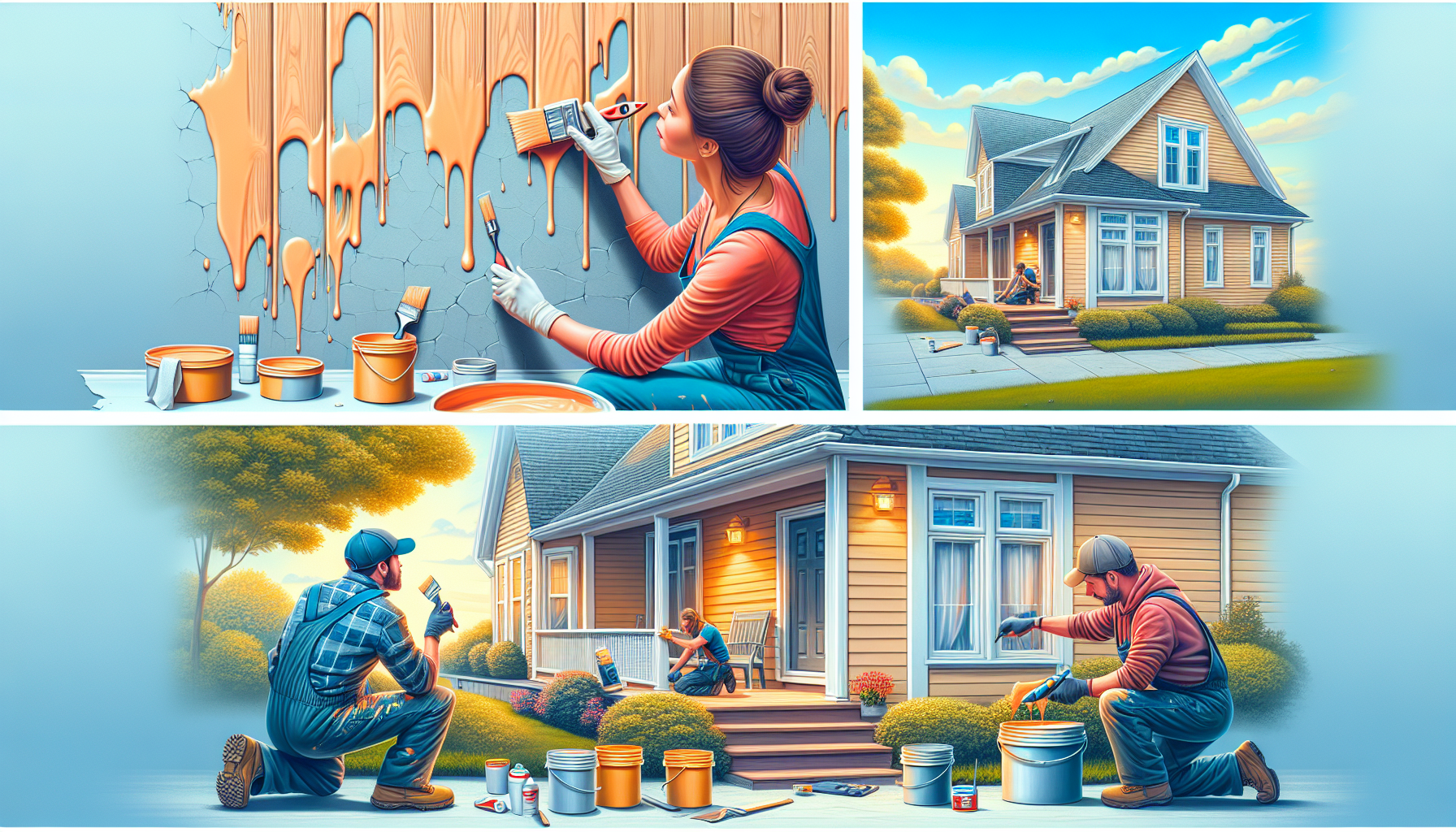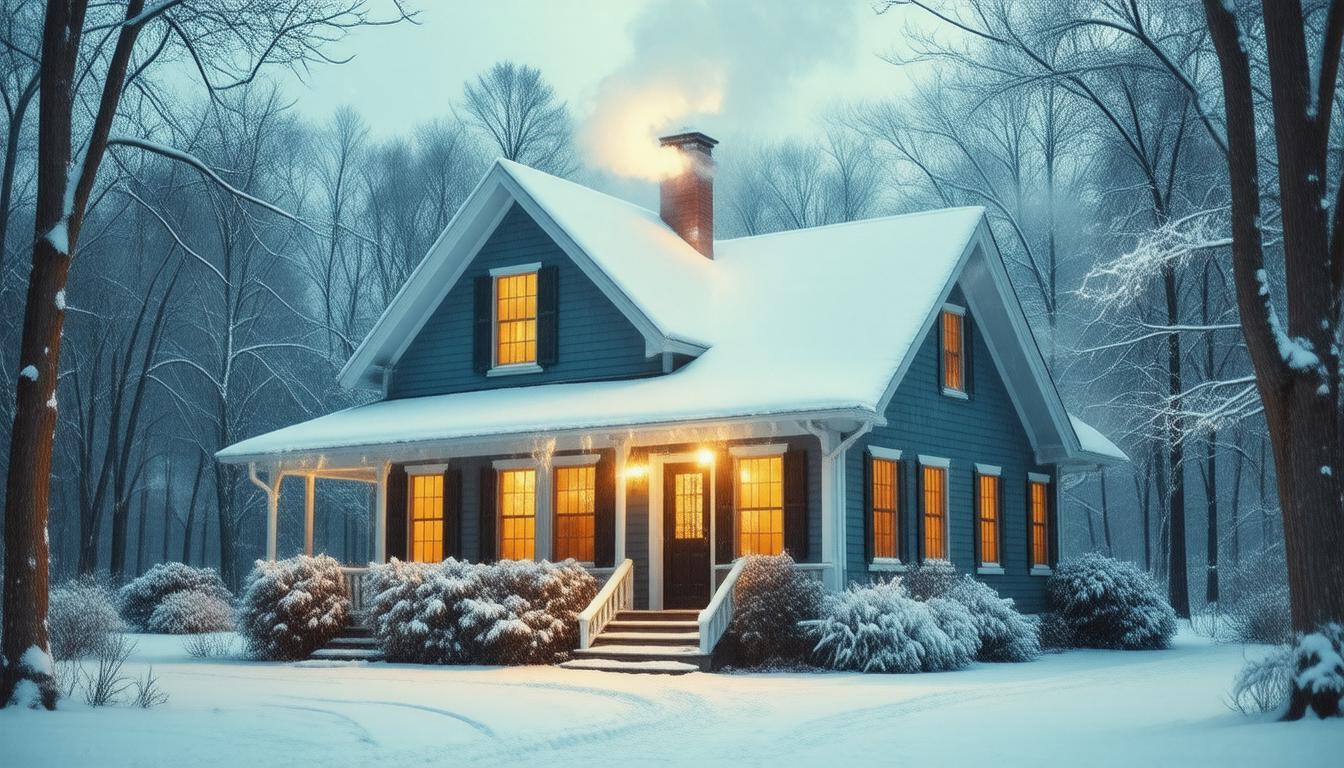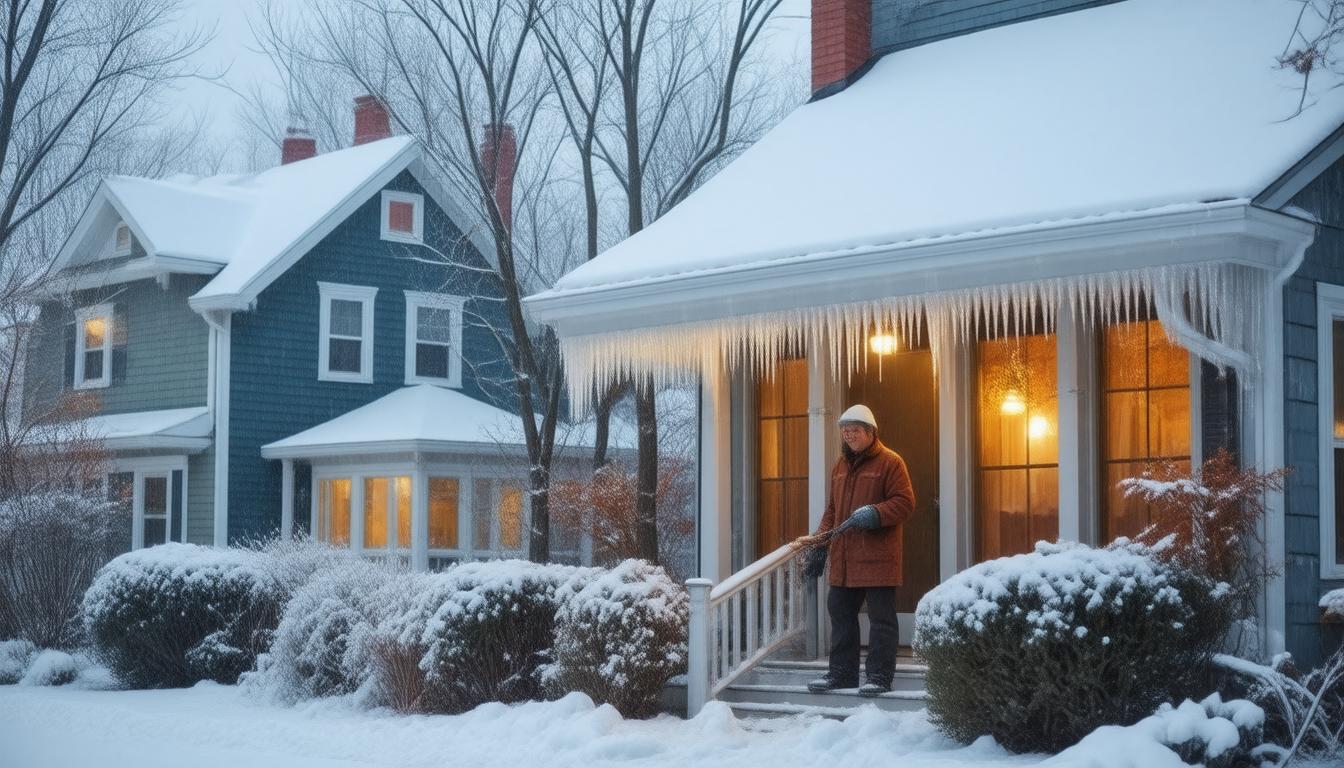
Introduction
When it comes to home maintenance, the exterior of your home is just as important as the interior. Not only does it make a first impression on visitors and passersby, but it also plays a crucial role in protecting your home from the elements. Over time, your siding and home exterior may fade, crack or show signs of wear and tear. This is why revamping your home’s exterior through painting and repairing siding and cracks can both enhance curb appeal and ensure the structural integrity of your home.
Assessing the Damage
Before diving into the revamping process, it’s essential to assess the extent of the damage. Walk around your home and carefully inspect the siding for any signs of deterioration, such as cracking, chipping, rotting, or warping. Pay particular attention to areas near gutters and downspouts, as water damage can be a common issue in these spots. Additionally, look for any cracks in the stucco or foundation that may need to be addressed.
Choosing the Right Paint and Color
Once repairs are planned, selecting the right type of paint for your home’s exterior is paramount. Not all paint is created equal, and the exterior requires a durable, weather-resistant option. Acrylic latex paints are a popular choice due to their flexibility and resistance to weathering, fading, and temperature changes. The color choice plays a significant part in your home’s appeal. When selecting a color, consider the style of your home, the surrounding landscape, and the neighborhood aesthetic. Test the paint color on a small section of your siding to see how it looks in different lighting throughout the day before committing to it.
Repairing Siding
Repairing or replacing damaged siding is a vital step in revamping the exterior of your home. If you have wood siding, it may require filling in small holes or cracks with wood filler and sanding down the area before painting. For vinyl siding, replacement of damaged panels is often the best option. Fiber-cement siding, while extremely durable, can still sustain damage and might need patching or replacement of sections. Remember to follow the manufacturer’s recommendations when making repairs to ensure proper installation and maintenance.
Addressing Cracks and Sealing Gaps
It’s not only the siding that might need attention; any exterior cracks should also be addressed to prevent further damage. Small hairline cracks can typically be filled with a flexible caulk that is paintable. For larger cracks, especially in stucco or brick, you may need a specialized masonry filler. It’s essential to seal any gaps around windows, doors, and where the siding meets trim to prevent air and moisture infiltration. Proper sealing not just adds to the aesthetics but also improves energy efficiency.
Painting Your Home’s Exterior
Once repairs are completed and the surface is clean and dry, it’s time to paint. Start with a high-quality primer designed for exterior use, which will help the paint adhere better and last longer. When painting, it’s typically best to start at the top and work your way down to prevent drips and streaks. Use brushes and rollers suited for the siding texture and type, and consider a sprayer for larger, even areas. Be mindful of the weather; avoid painting on rainy or extremely hot days as this can affect the paint’s drying and curing process.
Finishing Touches
After the paint has dried, replace any hardware such as house numbers, light fixtures, and mailboxes. Inspect the caulking around windows and doors, and replace it if it has deteriorated. A well-maintained exterior can drastically enhance the overall appearance of your home, potentially increasing its value and ensuring it remains protected for years to come.
Conclusion
In conclusion, revamping your home’s exterior by painting and repairing siding and cracks is an investment worth making. Not only does it refresh the appearance of your home, but it also provides essential protection against the elements. With the right tools, materials, and a bit of elbow grease, you can give your home a fabulous makeover that will stand the test of time. Remember to take the time to do it right—your home’s curb appeal and durability depend on it.







